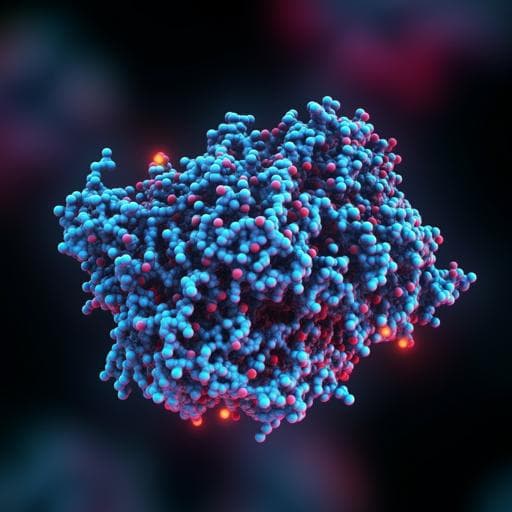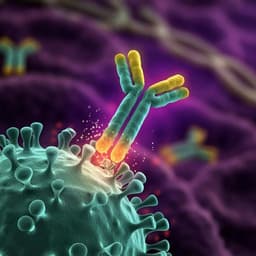
Medicine and Health
Computational identification of HCV neutralizing antibodies with a common HCDR3 disulfide bond motif in the antibody repertoires of infected individuals
N. G. Bozhanova, A. I. Flyak, et al.
Discover groundbreaking research addressing the need for an HCV vaccine despite successful antiviral treatments. This study by Nina G. Bozhanova, Andrew I. Flyak, and others revealed new broadly neutralizing antibodies with unique structural features that could reshape the future of HCV prevention.
~3 min • Beginner • English
Related Publications
Explore these studies to deepen your understanding of the subject.







